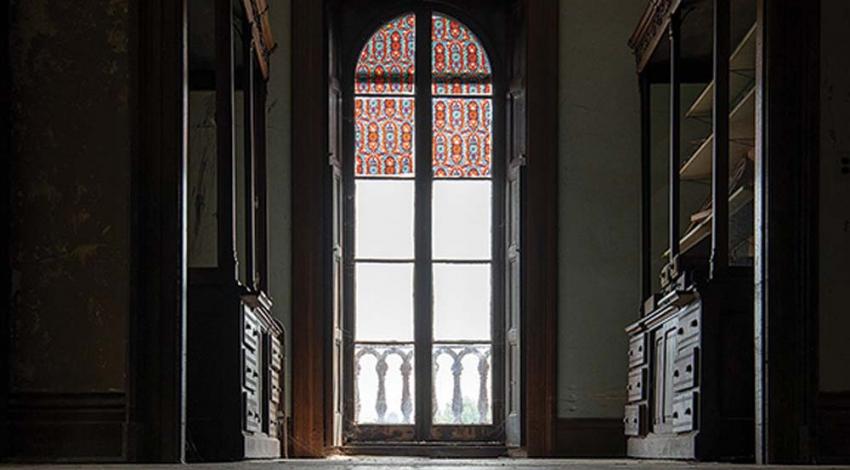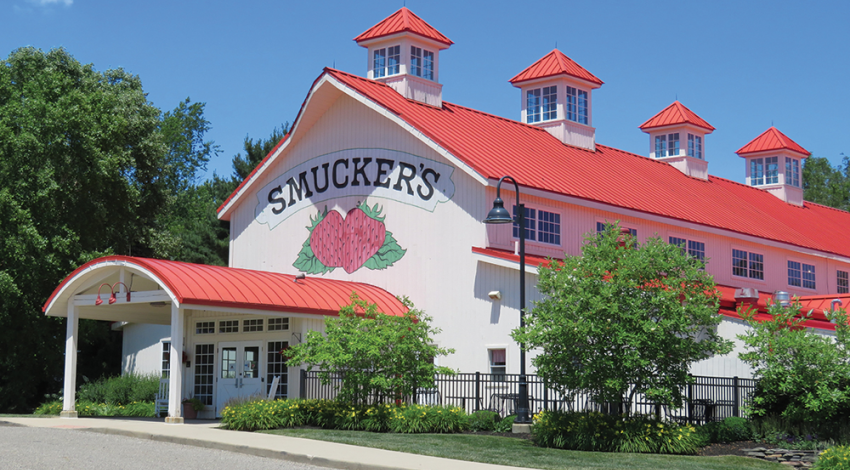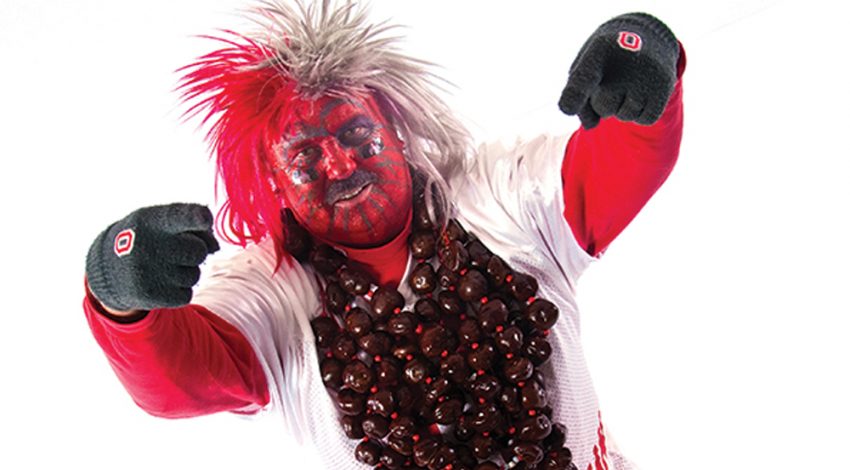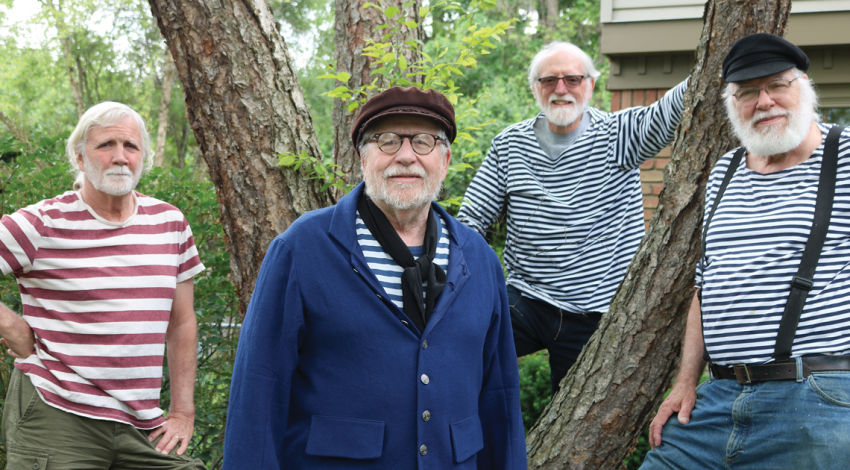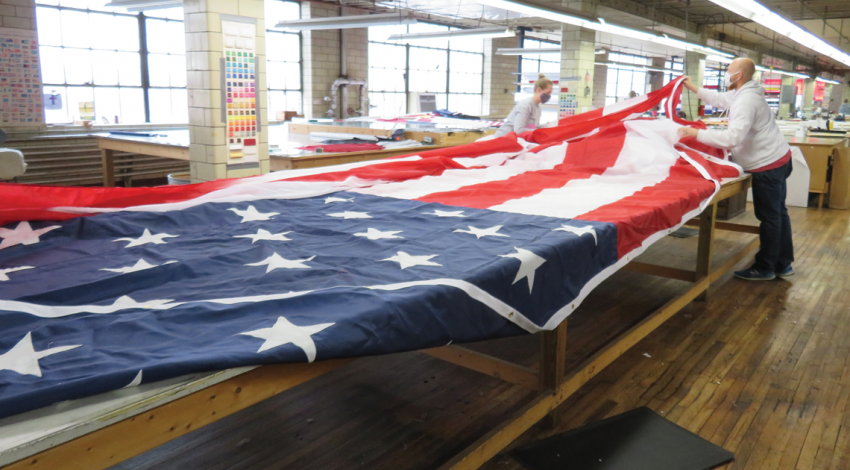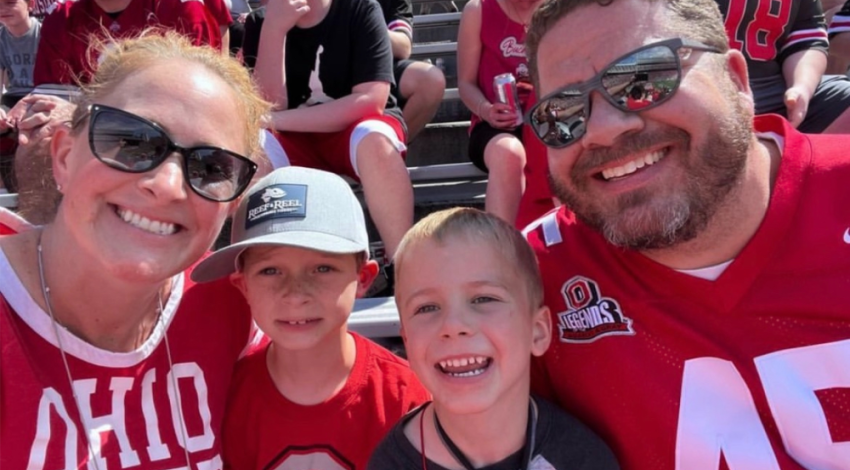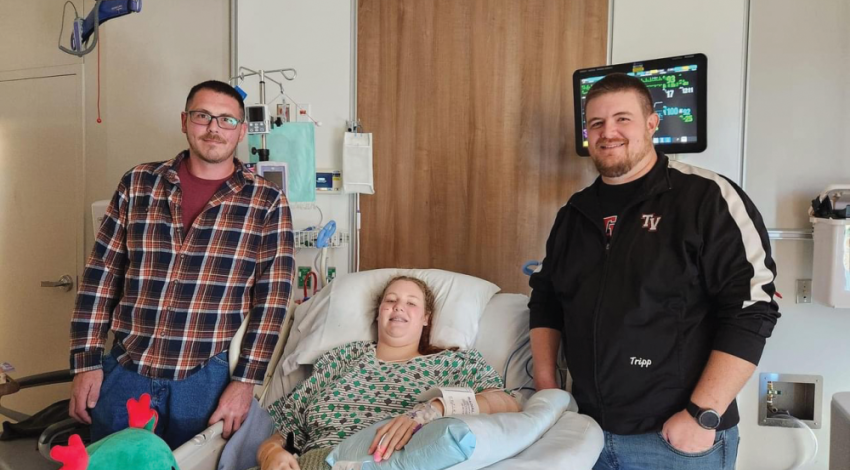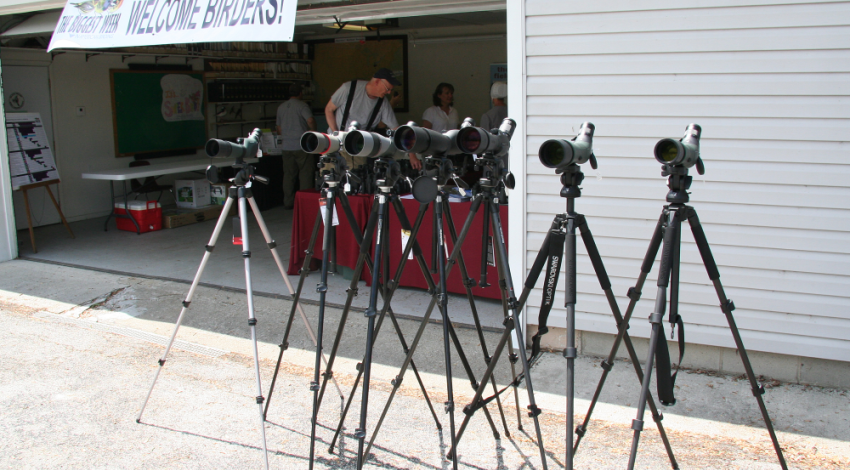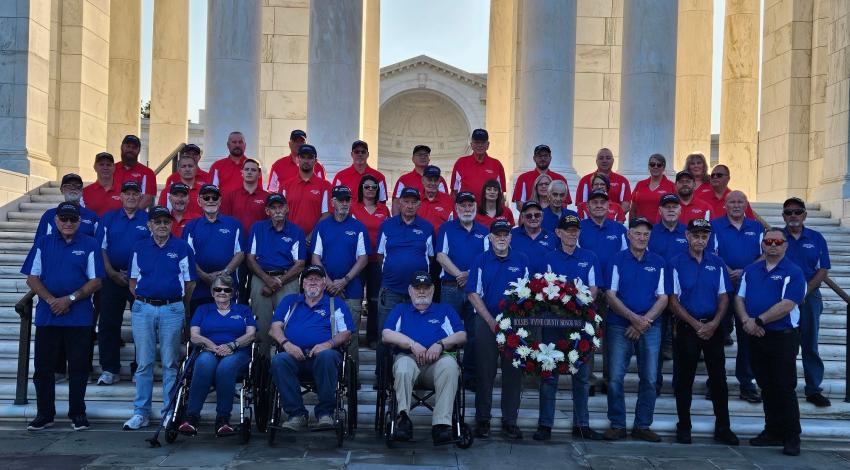Did you hear that?” my daughter, Rosie, asks as we climb a wooden staircase in the Anchorage, a former mansion on the outskirts of Marietta, in southeastern Ohio. “It sounded like a low grumble.”
History and hauntings
A healthy respect for the “other side” is well advised during a visit to Marietta, which dates to 1788 as the first permanent settlement in the Northwest Territory. History and hauntings go hand in hand here, as the city’s storied, well-preserved past provides ghosthunters a spooky year-round playground.
